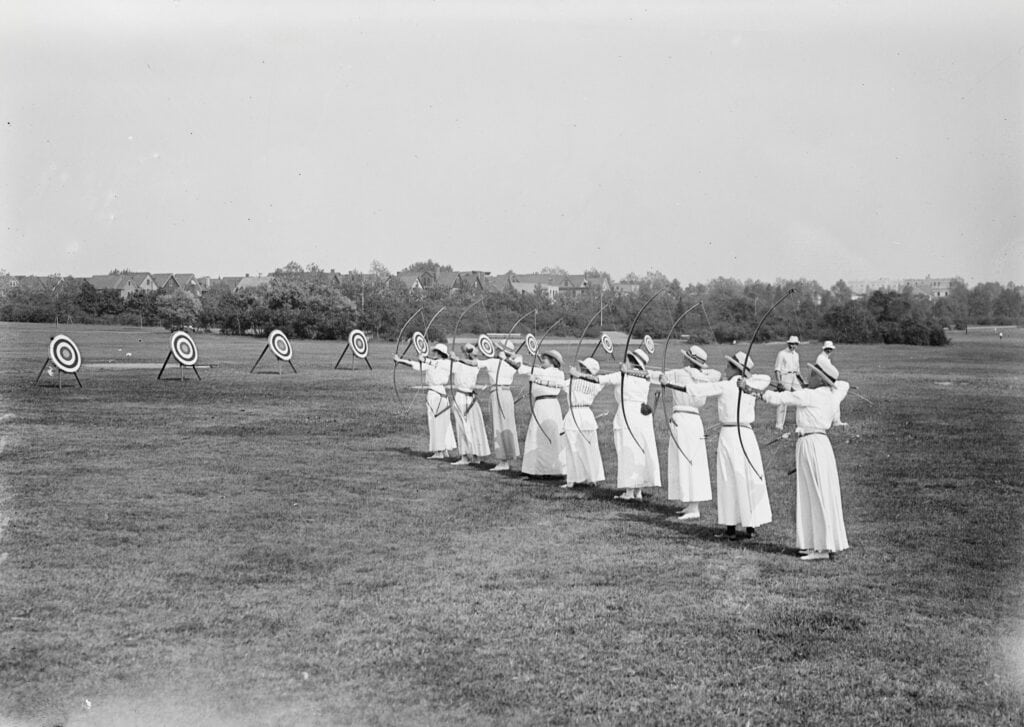Capitalism isn’t just an economic system; it’s a deeply ingrained cultural identity in the United States. Over centuries, it has been marketed, molded, and embraced as synonymous with freedom, success, and the American Dream. But how did this happen? Let’s explore the origins, the tactics used to popularize it, and its lasting impact on American society.
The Roots of Capitalism in America
The journey begins with the philosophical groundwork laid by Adam Smith in his seminal work, The Wealth of Nations (1776). Smith’s concept of the “invisible hand” suggested that individuals pursuing their self-interest inadvertently benefit society as a whole. He famously wrote, “It is not from the benevolence of the butcher, the brewer, or the baker, that we expect our dinner, but from their regard to their own interest.”
This philosophy resonated with early American settlers who were breaking away from feudalism and embracing a market economy. Hard work, self-reliance, and private property became cornerstones of their new way of life. After the American Revolution, capitalism was further framed as the economic pathway to freedom, starkly contrasting with British mercantilism—a system where wealth accumulation depended on controlling trade and hoarding gold.
Industrial Revolution: From Principles to Practice
The Industrial Revolution transformed capitalism from a theoretical construct into a large-scale enterprise. Mass production made goods more affordable, fueling consumerism—a central element of capitalist culture. Cities grew as people left farms for factory jobs, and urbanization redefined American lifestyles. Work and productivity became not just economic activities but measures of personal worth.
Capitalists recognized the need for continuous economic growth. To sustain this, they promoted the notion of the “American Dream,” where anyone could succeed through hard work and perseverance. Figures like Andrew Carnegie epitomized this ideal, rising from poverty to immense wealth. Their stories popularized the “rags-to-riches” narrative, motivating Americans to embrace the capitalist ethos.
Industrial tycoons like John D. Rockefeller and Carnegie didn’t stop at accumulating wealth; they engaged in philanthropy to shape public perception. Funding schools, libraries, and research institutions, they cast themselves as “captains of industry” rather than exploiters. This not only glorified industrial progress but also embedded pro-capitalist values in education and culture.
Advertising the American Dream
The 20th century ushered in a new era for capitalism: mass marketing. Advertising agencies like J. Walter Thompson and N.W. Ayer & Son revolutionized how products were sold. They didn’t just market goods; they sold lifestyles, using slogans, jingles, and emotional appeals to make products essential to happiness and identity.
Drawing on psychological insights, advertisers began framing material goods as solutions to emotional needs. A car wasn’t just transportation; it was freedom and independence. A home in the suburbs wasn’t just shelter; it was the pinnacle of the American Dream. This consumer culture equated material success with personal fulfillment and patriotism.
Edward Bernays, the father of public relations, took this a step further. Influenced by Freud’s theories, he crafted campaigns that tied products to powerful emotions and social movements. For example, his “Torches of Freedom” campaign encouraged women to smoke as an act of liberation. Bernays also framed consumption as a patriotic duty, especially during wartime, further intertwining capitalism with national identity.
Capitalism as a Cold War Weapon
During the Cold War, capitalism became a key part of the ideological battle against communism. The U.S. government and private sector collaborated to portray capitalism as the cornerstone of freedom, contrasting it with the perceived oppression of Soviet communism.
Propaganda highlighted capitalist success stories and celebrated entrepreneurs as heroes. Media, films, and cultural exports reinforced the narrative that free markets and individualism were superior. Events like the 1959 American Exhibition in Moscow showcased American consumer goods as symbols of prosperity and freedom, promoting capitalism on a global stage.
Corporate-funded think tanks like the Heritage Foundation and the American Enterprise Institute emerged during this era, advocating for deregulation, tax cuts, and free-market policies. These institutions crafted narratives that equated corporate success with national well-being, shaping public opinion and policy.
Modern Marketing Tactics: Adapting to New Trends
Capitalism has continued to evolve, adapting to new technologies and social values. Today, corporations use social responsibility as a marketing tool, presenting themselves as ethical, green, and socially conscious. This appeals to modern consumers who value sustainability and equality.
Social media has further entrenched capitalist values, fostering influencer culture and the gig economy. Personal branding and side hustles reflect the capitalist emphasis on individual success and financial growth. Meanwhile, campaigns like “Buy American” frame consumerism as a patriotic act, perpetuating the idea that spending supports national prosperity.
Capitalism’s Cultural Impact
The influence of capitalism extends beyond the economy, shaping American lifestyles and identities. Work ethic and economic success are closely tied to self-worth, reinforcing the belief that hard work can overcome any obstacle. However, this has also led to a culture where happiness is increasingly linked to material possessions, perpetuated by decades of advertising.
Politically, economic growth remains the central metric for success, driving policies that prioritize business interests. This focus on growth often overlooks issues like rising inequality and environmental challenges, raising questions about the sustainability of the current system.
Reflection and Future Outlook
Capitalism’s journey from a practical economic system to a celebrated ideology has profoundly shaped American society. But as we face growing inequality and environmental crises, it’s worth questioning its role in our lives. Are we too deeply tied to capitalist ideals, or can we imagine a system that balances economic growth with social and environmental well-being?
The next evolution of capitalism may depend on addressing these challenges while retaining the values of innovation and opportunity that have defined it. As we move forward, it’s essential to critically evaluate how this system shapes our choices, values, and future directions.


















